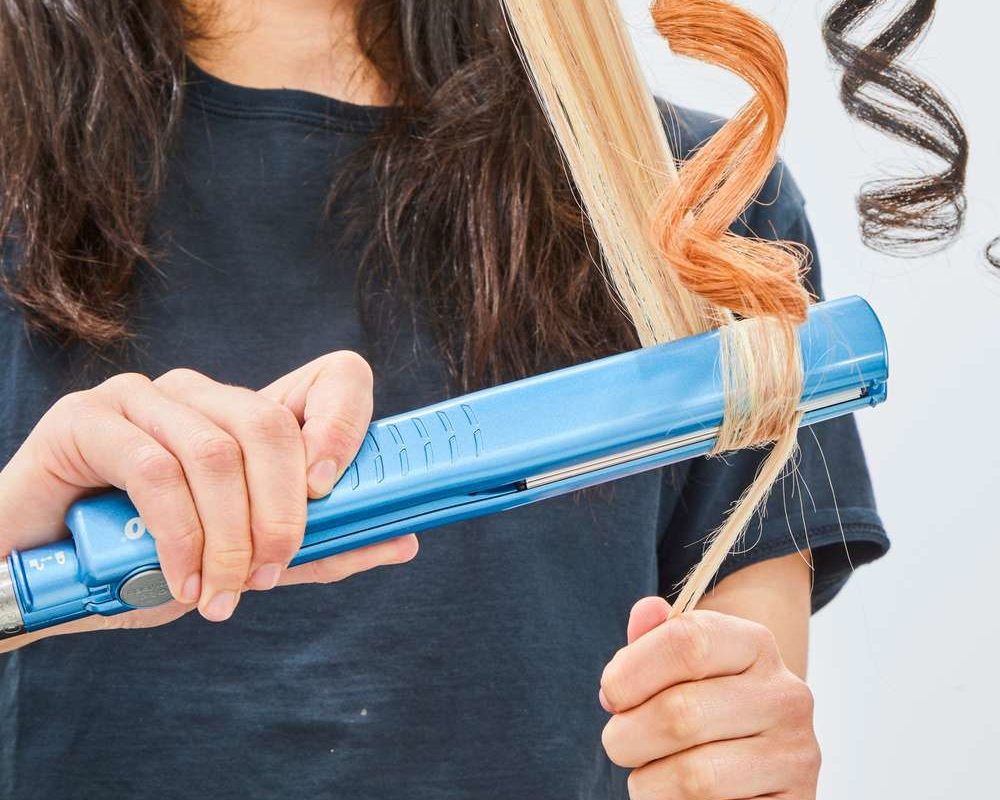Introduction: The Need for Straighteners Among Curly Hair Types
Curly hair has a unique beauty and texture, but it often comes with its own set of challenges, particularly when it comes to styling. Many curly-haired individuals find themselves battling frizz, volume, and unruly curls, especially in humid conditions. While embracing natural curls is a wonderful option, there are times when a sleek, smooth look is desired. This is where a high-quality straightener for curly hair becomes indispensable.
The right straightener can help manage and transform curls into elegant styles, offering versatility and convenience. However, selecting the right tool tailored to your specific hair type and needs is crucial for achieving the best results. In this comprehensive review, we’ll explore various straightener options available on the market. Additionally, we will compare their features, materials, and user feedback to help you find the perfect one for your curls.
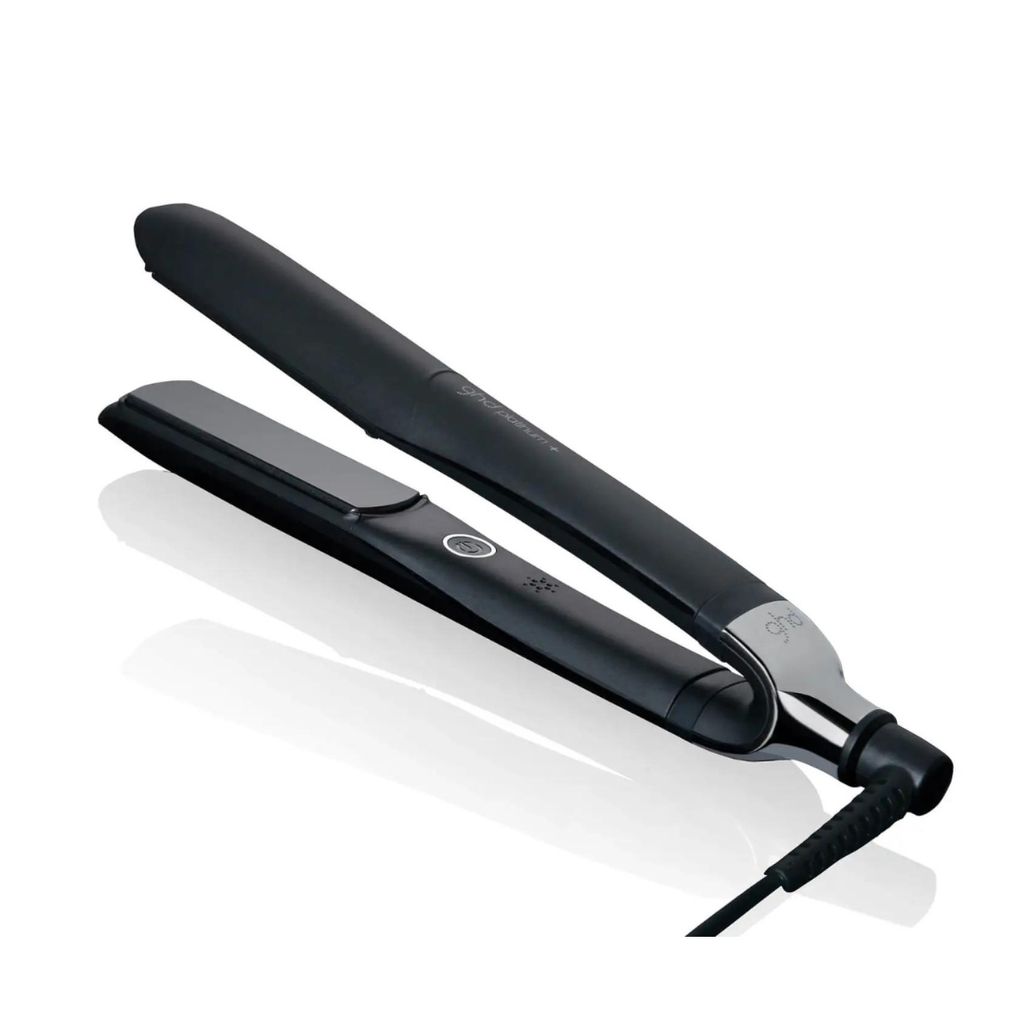 Key Considerations for Choosing a Straightener
Key Considerations for Choosing a Straightener
Material Matters: Ceramic vs. Titanium
When shopping for a straightener, one of the first factors to consider is the material of the plates. Each material offers unique benefits that can influence the effectiveness of straightening curly hair:
- Ceramic Plates:
- Pros: Ceramic plates heat evenly, distributing heat throughout the surface. This not only helps prevent hotspots that can fry the hair but also locks moisture in while smoothing the cuticle, which is essential for curly hair.
- Cons: Ceramic can be less durable than titanium, though many high-quality ceramic straighteners are still very reliable.
- Titanium Plates:
- Pros: Titanium straighteners heat up quickly and maintain high temperature levels. They are often lighter and more durable than ceramic plates. This makes them ideal for very thick or coarse curly hair that requires higher heat for effective straightening.
- Cons: Titanium may be too strong for finer hair, as it can lead to overheating if not used with care.
Temperature Range
Curly hair often requires higher temperatures to achieve a smooth finish without any frizz:
- Variable Heat Settings: Firstly look for straighteners that offer temperature control, allowing you to adjust settings between 300°F to 450°F. Additionally, this feature is essential for accommodating different hair types. Moreover, it helps prevent heat damage, ensuring your hair remains healthy while styling.
Features and Technology
- Ionic Technology:
- Many modern straighteners come with ionic technology, which emits negative ions to counteract static and frizz. This feature enhances shine while providing a sleeker finish—especially beneficial for curly hair.
- Steam Functionality:
- Some advanced models offer a steam function for added moisture during styling. This can be especially helpful for transitioning from curls to straight styles without losing hydration.
Comparing Budget and High-End Straighteners
When comparing budget and high-end straighteners, here are several factors to keep in mind:
- Performance: High-end products often have advanced technologies, such as more precise heat control and extra protective features, while budget options may get the job done but could lack consistency.
- Durability: Higher-priced models typically use superior materials and construction, which can lead to a longer lifespan compared to budget counterparts that may wear out faster.
- User Experience: High-end straighteners often provide a smoother styling experience and quicker results, while budget models may require more passes to achieve the same outcome.
 Top Straighteners for Curly Hair
Top Straighteners for Curly Hair
Now that we’ve explored key features to look for, let’s evaluate some of the best-rated straighteners available for curly hair:
1. GHD Platinum+ Professional Performance Styler
- Material: Ceramic
- Temperature Range: 365°F
- Features: Smart technology that adapts the heat based on hair thickness and styling speed.
- User Reviews: Users rave about its ability to straighten hair quickly without damaging curls, providing a silky finish.
Pros and Cons
- Pros:
- Maintains a consistent temperature.
- Leaves hair shiny and smooth.
- Cons:
- Higher price point than most models.
2. BaBylissPRO Nano Titanium Straightener
- Material: Titanium
- Temperature Range: Up to 450°F
- Features: Ultra-thin plates for precision.
- User Reviews: Many users appreciate its rapid heat-up time and performance on thick curls.
Pros and Cons
- Pros:
- Ideal for thick, coarse hair.
- Lightweight and easy to handle.
- Cons:
- Can cause heat damage to finer hair if used at high temperatures.
3. Remington S9500PP Pearl Pro Ceramic Flat Iron
- Material: Pearl-infused ceramic
- Temperature Range: Up to 450°F
- Features: 30-second Heat Up; auto shut-off.
- User Reviews: Users admire its affordable price and the silky results it yields on curly hair.
Pros and Cons
- Pros:
- Strong performance at a lower price.
- Good for achieving a smooth finish.
- Cons:
- May need higher care to maintain longevity.
4. Paul Mitchell Neuro Smooth Flat Iron
- Material: Titanium
- Temperature Range: Up to 450°F
- Features: Variable heat settings and digital display.
- User Reviews: Many users enjoy the digital temperature settings and ability to adjust according to their hair type.
Pros and Cons
- Pros:
- Exceptional heat retention.
- Modern and sleek design.
- Cons:
- Slightly heavier than some alternatives.
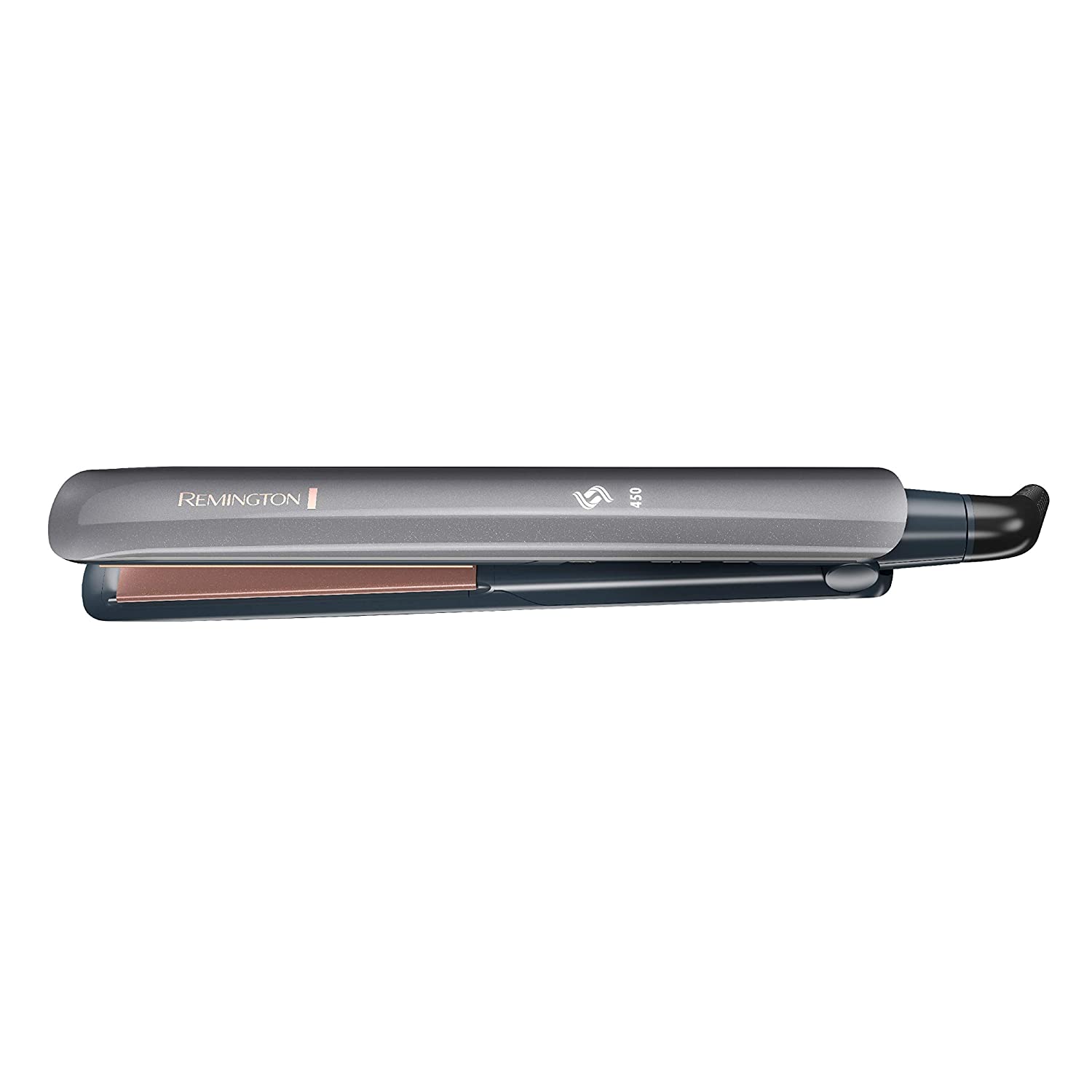 Selecting the Right Temperature for Your Straightener
Selecting the Right Temperature for Your Straightener
Once you understand the nature of your curls, the next step is selecting the appropriate temperature for straightening. Here are some messages to help ensure you choose wisely:
- Fine or Thin Curls:
- Recommended Temperature: 300°F – 350°F (149°C – 177°C).
- Why: In general, fine hair is more vulnerable to heat damage and typically requires less heat to achieve a straight finish. Therefore, it’s important to use lower temperature settings when styling fine hair.
- Medium Curls:
- Recommended Temperature: 350°F – 400°F (177°C – 204°C).
- Why: In general, medium curls can tolerate slightly higher temperatures, which makes them easier to straighten without excessive heat exposure. Consequently, you can use a bit more heat without compromising the health of your hair.
- Coarse or Thick Curls:
- Recommended Temperature: 400°F – 450°F (204°C – 232°C).
- Why: Thicker curls require more heat to effectively alter their structure. However, it’s crucial to use a heat protectant to minimize damage at these higher temperatures.
Hair Straightening Techniques for Curly Hair
Once you have chosen the right straightener for curly hair, follow these fundamental steps for achieving a smooth and sleek style:
Preparation
- Start by washing and conditioning your hair using products designed for curly hair to hydrate it.
- Additionally, Towel-dry gently to avoid frizz. Using a heat protectant spray is critical to shield your strands from heat damage.
Sectioning Your Hair
- Divide your hair into manageable sections using hair clips. Working in sections ensures even straightening and prevents missed spots.
Selecting the Right Temperature
- Adjust the temperature on your straightener based on your hair type. Thicker hair may require higher settings, while fine hair does better at lower temperatures.
Straightening Technique
- Glide the straightener smoothly down each section from roots to ends, taking care not to clamp too tightly to avoid damage. Repeat as necessary until the desired smoothness is achieved.
Hair Styling Tips for Specific Cuts
- For Short Cuts: Use smaller sections and focus on detail work to ensure precision around the edges.
- For Bob Styles: Angle the straightener slightly when you reach the ends to create a gentle flip for added volume.
- For Long Layers: Straighten the top layers while slightly bending the ends to create volume and texture.
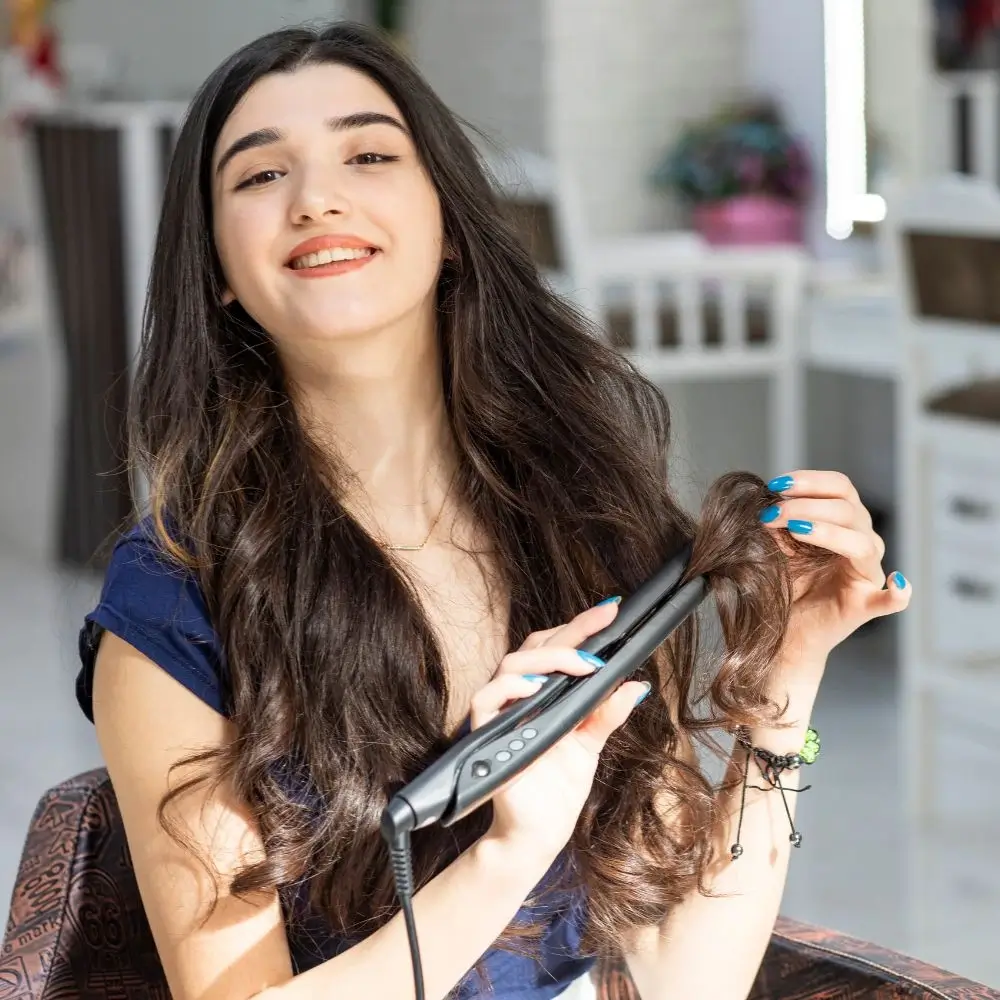 Maintenance and Cleaning of Your Straightener
Maintenance and Cleaning of Your Straightener
Keeping your straightener in top shape requires consistent maintenance. Here’s how to clean and care for it:
Cleaning the Plates
- Unplug the Device: Firstly always ensure your straightener is cool and unplugged before cleaning.
- Wipe with a Damp Cloth: Then, use a soft cloth, slightly dampened with water, to clean the plates.
- Avoid Excess Liquid: Be cautious not to allow moisture to enter any ventilation areas.
Regular Maintenance
- Inspect the Cord and Plug: Look for any signs of wear and tear.
- Check for Built-Up Product: Regularly examine the plates for any residue buildup from hair products.
Troubleshooting Common Issues
- Straightener Not Heating: To begin with, make sure it’s plugged in and that the outlet is functioning. If, however, it doesn’t heat up at all, consider consulting the manufacturer.
- Uneven Temperature: If you notice that sections are straightening unevenly, then check if there’s product buildup on the plates that requires cleaning. Additionally, addressing this issue can improve the performance of your straightener.
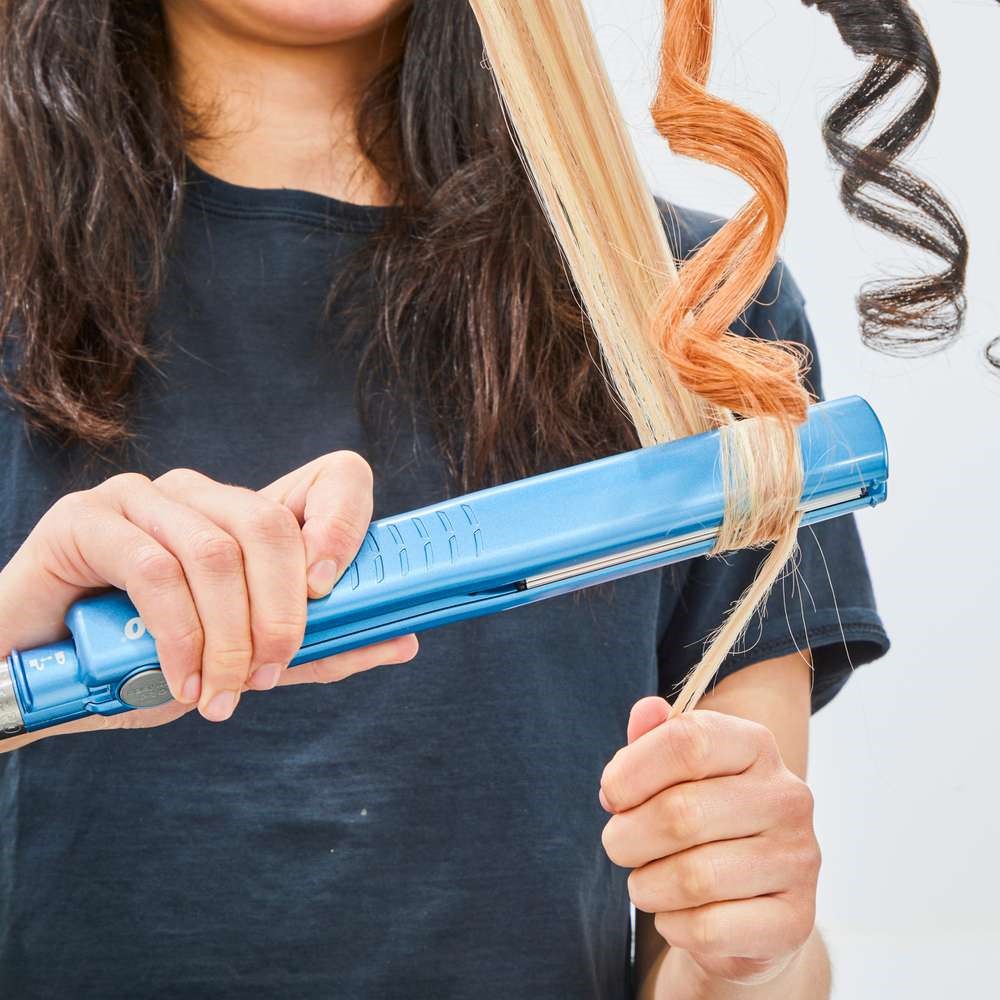 Final Thoughts: Choosing the Right Straightener for Curly Hair
Final Thoughts: Choosing the Right Straightener for Curly Hair
Firstly, knowing how to choose the right straightener for curly hair can greatly enhance your grooming routine and allow you to achieve the sleek styles you desire. Furthermore, by evaluating the materials, temperature settings, and features, you can ensure optimal performance for your hair type. Finally, by listening to user feedback, you will be well-equipped to select the best tool for your curling type and styling needs.
With the correct technique and maintenance, your chosen straightener can serve you well for years, yielding beautiful, vibrant hair. Whether you opt for a highly-rated model like the GHD Platinum+, the reliability of the Chi G2, or the affordability of the Remington S9500PP, the right straightener can elevate your hair styling game and help you embrace both your curly and straight looks with confidence.

